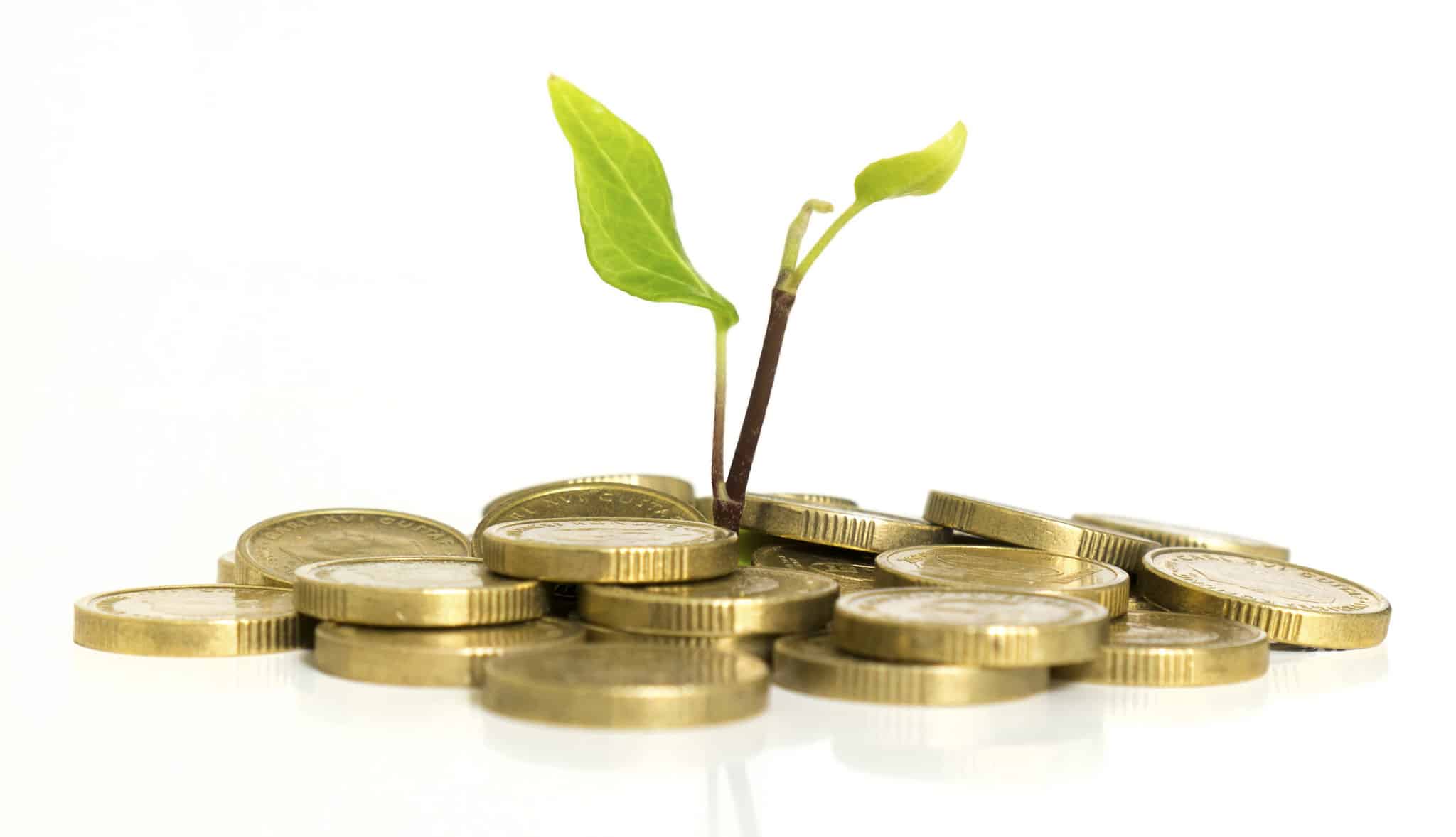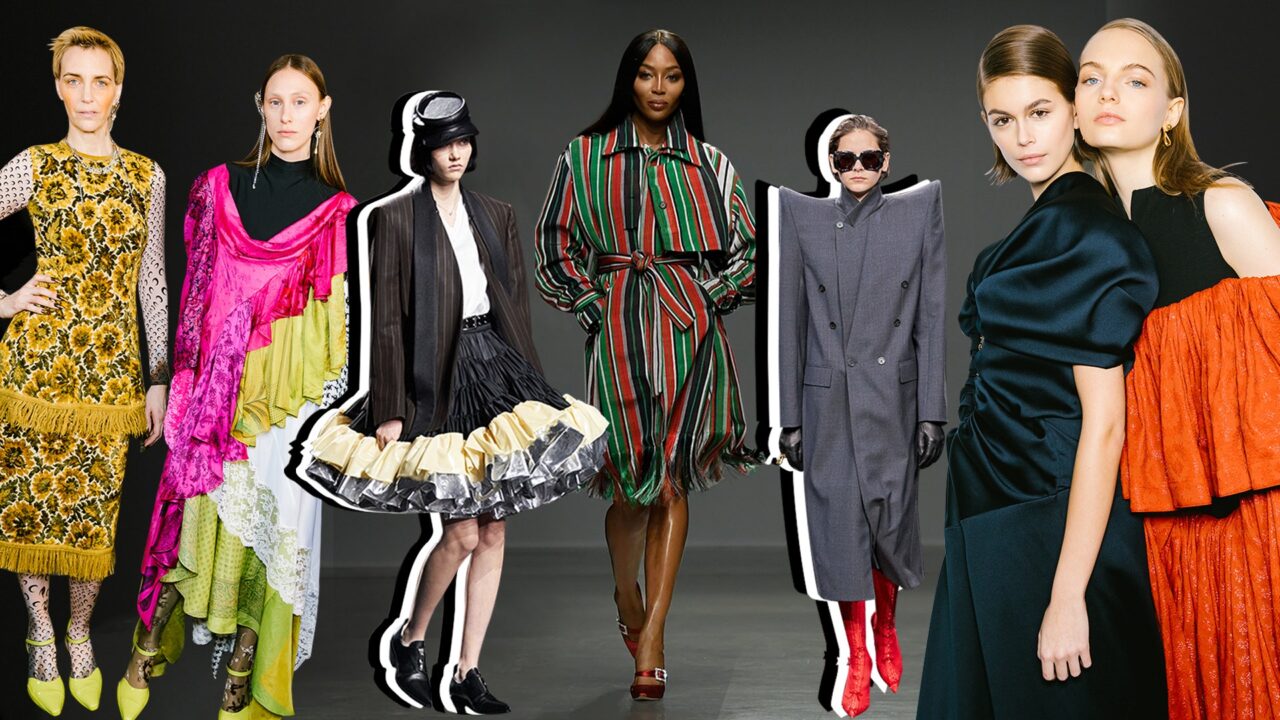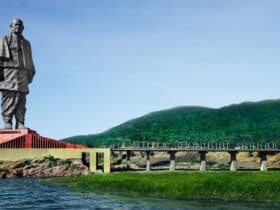Ready to take your photography skills to the next level? It might be time to delve into the realm of bokeh. Bokeh, a term derived from the Japanese word meaning “blur”, is a photographic technique that creates aesthetically pleasing out-of-focus areas in an image. This artistry can add depth and character to your photos, transforming them from simple snapshots into captivating works of art.
Harnessing this technique isn’t about luck or fancy equipment—it’s all about understanding how light interacts with your camera’s aperture. With some practice, you’ll find that bokeh can become a powerful tool in your photography arsenal. Whether you’re looking for innovative ways to shoot portraits, landscapes, or even macro shots, learning how to utilize bokeh will open up new creative opportunities.
Impact of Bokeh on Photography Aesthetics
Understanding the Aesthetics of Bokeh Photography
Bokeh isn’t just a trendy term in the photography world, it’s an artistic tool that can truly elevate your photographs. But what exactly is it? In simple terms, bokeh refers to the blur or aesthetic quality of out-of-focus areas within a photograph.
You’ve probably seen this effect before. Maybe you’ve noticed how lights in the background of a photo become beautifully blurred circles, or how certain elements in an image seem to ‘pop’ against a soft and undefined backdrop. That’s bokeh at work.
It’s not solely about blurring everything but your subject though; it’s more nuanced than that. It’s about creating smooth transitions between in-focus and out-of-focus areas, producing appealing light shapes, and enhancing depth perception. Bokeh can help guide viewers’ eyes towards key focal points within your composition while adding an intriguing layer of visual depth.
How Bokeh Influences Photographic Composition
There are numerous ways bokeh can influence your photographic compositions:
- Focus: By blurring unnecessary details, bokeh allows you to highlight your subject with more clarity.
- Mood: The softness added by bokeh can generate various moods depending on its application – from dreamy and whimsical to melancholic or nostalgic.
- Depth: It creates a perception of depth in flat images as objects closer to the camera remain sharp while those further away blend into a pleasing blur.
This technique isn’t limited to any particular genre either – you’ll find bokeh being used across portrait photography, nature shots, cityscapes, product imagery…you name it!
Elevating Your Photography: The Impact of Bokeh
What truly sets great photographers apart is their ability to use tools like bokeh effectively. They understand that this technique isn’t simply about making things blurry; it’s an art form that requires practice to master.
There are various ways you can experiment with bokeh in your shots:
- Play with light: Shooting against a backdrop of distant lights can produce beautiful bokeh effects. Evening cityscapes or twinkling fairy lights are perfect for this.
- Experiment with lenses: Different lenses create different kinds of bokeh. Some may produce harsher, more defined shapes while others create softer, smoother blurs.
- Adjust aperture settings: A wider aperture (smaller f-stop number) will generate more pronounced bokeh.
By mastering the art of bokeh, you’re not just adding another tool to your photography toolkit; you’re transforming the way you see and capture the world around you. It’s about creating images that aren’t merely in focus but are emotionally resonant – ones that truly speak to viewers. So go ahead, embrace the blur and let bokeh add a touch of magic to your photographs!
Also read – Picture Perfect: Harnessing High-Quality Imaging and Visual Technologies for E-stores
Essential Tools for Creating Bokeh Effect
Choosing the Right Equipment for Bokeh
To achieve a stunning bokeh effect, you’ll need to choose your equipment wisely. Your lens plays a crucial role in this process. Generally, fast lenses with wide apertures of f/1.4 or f/1.8 are considered ideal for creating bokeh effects.
- Prime lenses like 50mm or 85mm are popular choices among photographers due to their superior aperture capabilities.
- Zoom lenses can also do the trick provided they have a large enough maximum aperture.
- And don’t forget about macro lenses! They’re great at producing beautiful bokeh, especially when shooting close-ups.
Remember, the quality and shape of your bokeh is largely dictated by the design and construction of your lens.
Mastering Aperture Settings for Desired Bokeh
Once you’ve chosen your weapon (I mean, lens!), it’s time to dive into settings. The key here is mastering aperture controls. A wider aperture (represented by lower f-stops) allows more light into the camera sensor and creates shallower depth of field – exactly what you need for that dreamy background blur.
You may wonder how much should you open up? Well, it depends on your subject and how much of it you want in focus:
- For portraits, an aperture between f/1.4 and f/2 might work best as it blurs out the background while keeping your subject sharp.
- If you’re working with multiple subjects or capturing landscapes with some elements in foreground blurred out as bokeh, try setting an aperture between f/3.5 and f/5.
Experimentation is key here; don’t be afraid to play around!
Post-Processing Techniques: Enhancing Bokeh Effect
Even after getting everything right in-camera, there’s always room to enhance your images during post-processing. A few tweaks can make your bokeh pop even more!
- Brightness and contrast adjustments: Enhancing brightness of your bokeh lights or increasing contrast can add depth to your images.
- Color manipulation: Playing with saturation, vibrance, or color balance can enhance the colors in the blurred areas.
- Vignetting: Adding a subtle vignette directs viewer’s attention to the subject while making bokeh more pronounced.
Just remember, moderation is key! Over-editing can detract from the natural beauty of your image. With these tools and techniques at hand, you’re well on your way to transforming your photography through the magic of bokeh. Happy shooting!














Leave a Reply